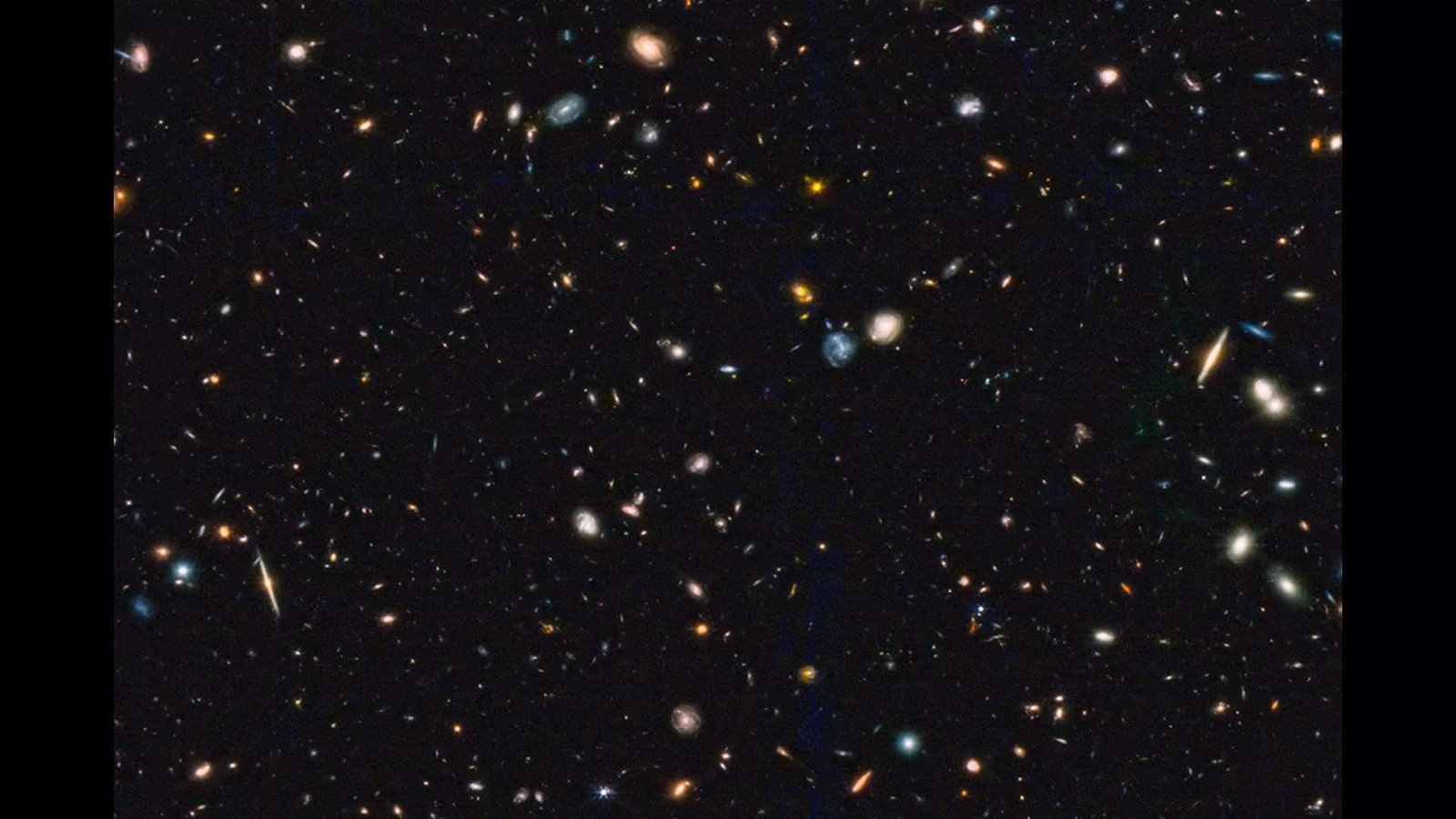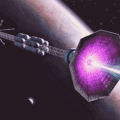Newly published research says that three Dark Stars fueled by dark matter instead of nuclear fusion may have just been spotted by the James Webb Space Telescope for the first time ever.
First theorized to exist in 2007, Dark Stars would represent the only type of star in the cosmos that is fueled by elusive dark matter instead of nuclear fusion. If confirmed, the three extremely ancient stellar objects would once again prove the pioneering capabilities of the JWST while rewriting the history and evolution of the universe.
Dark Stars May Be Fueled By Dark Matter
There are a number of different types of stars in the universe. In the Milky Way Galaxy, the most common type of star is a Red Dwarf. White Dwarf stars and Brown Dwarf stars have also been spotted, along with G-type main sequence stars like our sun.
While these and all other stellar types have different masses, sizes, and temperatures, they all have one thing in common: they burn bright via the power of nuclear fusion.
In 2007, a team of researchers that included theoretical astrophysicist Katherine Freese from the University of Texas, Austin, first proposed that another type of star that is fueled by dark matter instead of fusion should exist, at least in the early phases after the Big Bang. Termed “Dark Stars,” this new type of stellar body would also ultimately collapse into itself, thereby creating a black hole.
Since they were first proposed, some astronomers have suggested that many of the supermassive black holes at the center of galaxies may have once been Dark Stars. Still, no actual Dark Star had even been spotted even by the Hubble Space Telescope, rendering them purely theoretical objects.
Now, the team of researchers who first proposed the idea of Dark Stars say they have spotted three viable, real-world candidates using the unique abilities of the James Webb Space Telescope to look back toward the beginning of time.
Three Candidates May Be Dark Matter Fueled Stars or Unique Galaxies of Fusion Stars
In their published research, which appears in the Proceedings of the National Academy of Sciences (PNAS), the team, which along with Freese includes Cosmin Ilie and Jillian Paulin from Colgate University, says that they believe they may have found three Dark Stars.
“The first phase of stellar evolution in the history of the universe may be Dark Stars (DS), powered by dark matter (DM) heating rather than by nuclear fusion,” they write. “Although made almost entirely of hydrogen and helium from the Big Bang, they form at the centers of protogalaxies where there is a sufficient abundance of DM to serve as their heat source.”
Although still theoretical, dark matter particles are believed to interact with regular matter only through the force of gravity. As a result, these DM-fueled stars are still mostly hydrogen and helium like all other stars, with a very tiny percentage (about 0.1%) of their material composed of dark matter particles. Still, the researchers say, such a small amount of dark matter is still enough to fuel dark stars instead of nuclear fusion.
As a result of their unique properties, the team also says that these types of stars should look different than anything else in the cosmos.
“They are very bright diffuse puffy objects and grow to be very massive,” the researchers explain. “In fact, they can grow up to ten million solar masses with up to ten billion solar luminosities.”
Unfortunately, these objects would be so massive and would be so far away due to the fact that they likely only existed in the early formation of the universe that they would simply look like a galaxy far, far away. Fortunately, the research team has the JWST, which is the first manmade telescope able to spot objects this distant and this far back in time.
Also, the team has been modeling Dark Stars for a decade and a half, so they have come up with a spectral fingerprint that should differentiate them from galaxies even when seen at this extreme distance. According to the published research, this is exactly what they have seen in the three candidates.
“In this paper, we show that the James Webb Space Telescope may have already discovered these objects,” they write.
“We show that each of the following three objects—JADES-GS-z13-0, JADES-GS-z12-0, and JADES-GS-z11-0 (at redshifts z ∈ [11, 14])—are consistent with a Supermassive Dark Star interpretation, thus identifying the first Dark Star candidates,” they add.
DM-Fueled Star candidates Are Still Too New to Rule out Previously Unseen Galaxies
In their research paper, the team of researchers concedes that they cannot be 100% sure that what they are seeing is indeed three Dark Stars or simply three extremely odd galaxies also never witnessed before. Still, the fact that the candidates all have the expected spectral fingerprint and the fact that they all appear as “single point” light sources instead of diffuse galaxies lends credence that these may be the first dark matter-fueled stars ever spotted by humans.
More research and observation will be required to rule out other sources for the target candidates, but if confirmed, the ancient stellar objects would represent three more impressive feathers in the cap of the revolutionary JWST, an observation platform that continues to meet and exceed all expectations.
Christopher Plain is a Science Fiction and Fantasy novelist and Head Science Writer at The Debrief. Follow and connect with him on Twitter, learn about his books at plainfiction.com, or email him directly at christopher@thedebrief.org.

